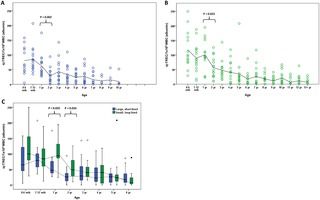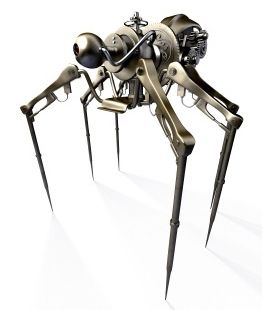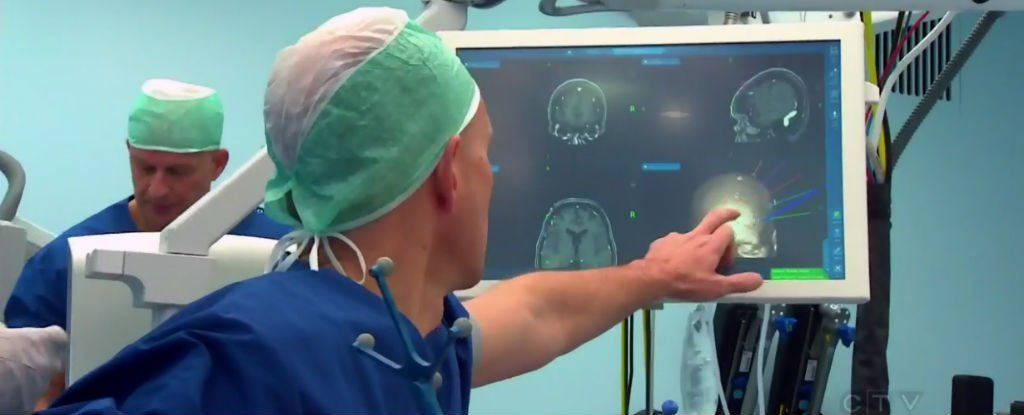Nov 14, 2016
Creating Ultrafast Qubits In Zinc Selenide Crystal
Posted by Karen Hurst in categories: particle physics, quantum physics
I told folks that we would find that crystalized formations is truly making a difference in the future of QC. There is so much more for us to learn how impactful the formations are in some many areas of communications and technology.
It does make one step back and ponder that perhaps we truly are connected in so many ways as John Wheeler has described many times.
Zinc selenide is a crystal in which atoms are precisely organized, and it is considered a well-known semiconductor material, conducive to introducing tellurium impurities, which can effectively trap positively-charged “holes.” Electron holes are not physical particles like negatively-charged electrons, but can be thought of as the absence of an electron in a particular place in an atom.
Continue reading “Creating Ultrafast Qubits In Zinc Selenide Crystal” »

















